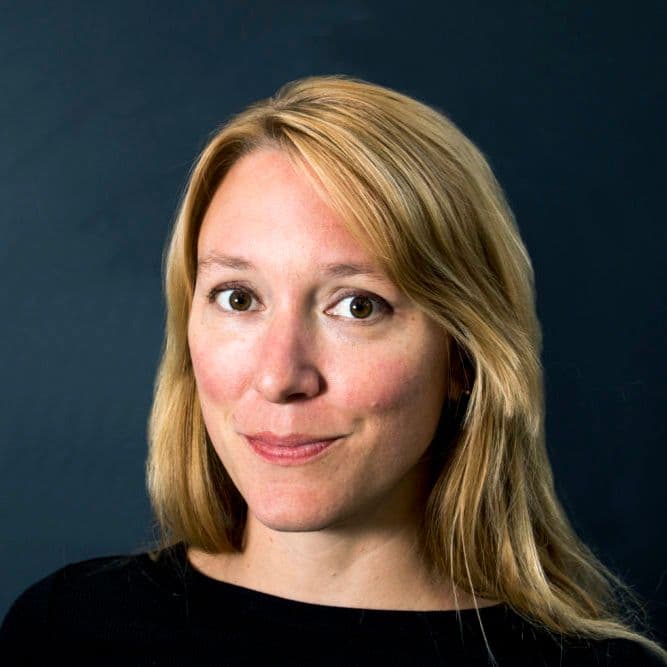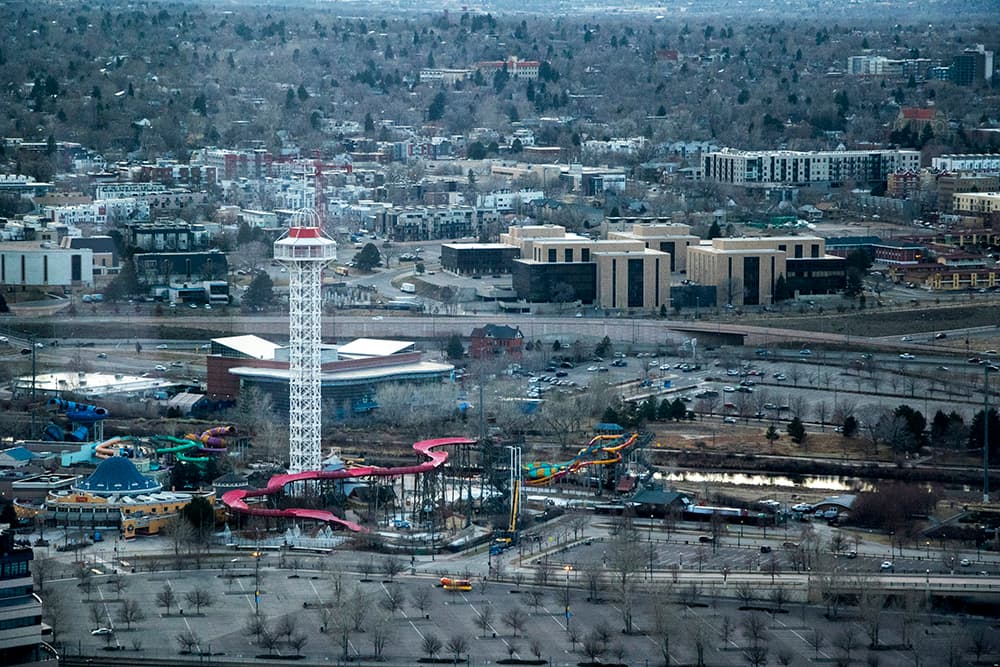
Denver has a new plan to do something that has otherwise eluded the city in its explosive growth spurt: create a neighborhood that is really, truly for everyone.
The next big phase of Denver development is something of a blank slate. In Central Platte Valley and Auraria, developers are already envisioning major change for Denver's "doughnut hole" — thousands of new residents to replace vast swaths of surface parking lots.
The city is thinking big, too, and it's about more than individual projects like River Mile. In an amendment to its Downtown Area Plan, the office of Community Planning & Development lays out potential guidelines for the development of a diverse, walkable, distinct, green and prosperous neighborhood over the next 20 years.
It's an ambitious set of descriptors and successfully living up to them could mean a different way of living in Denver, not to mention setting a precedent for a new kind of growth in a city where redevelopment lately has meant an increasingly white, wealthier population.
"Twenty years from now, hopefully we look back and it’s a neighborhood that’s for everyone," said Steve Nalley, a neighborhood planning supervisor. "If we don’t, we failed."
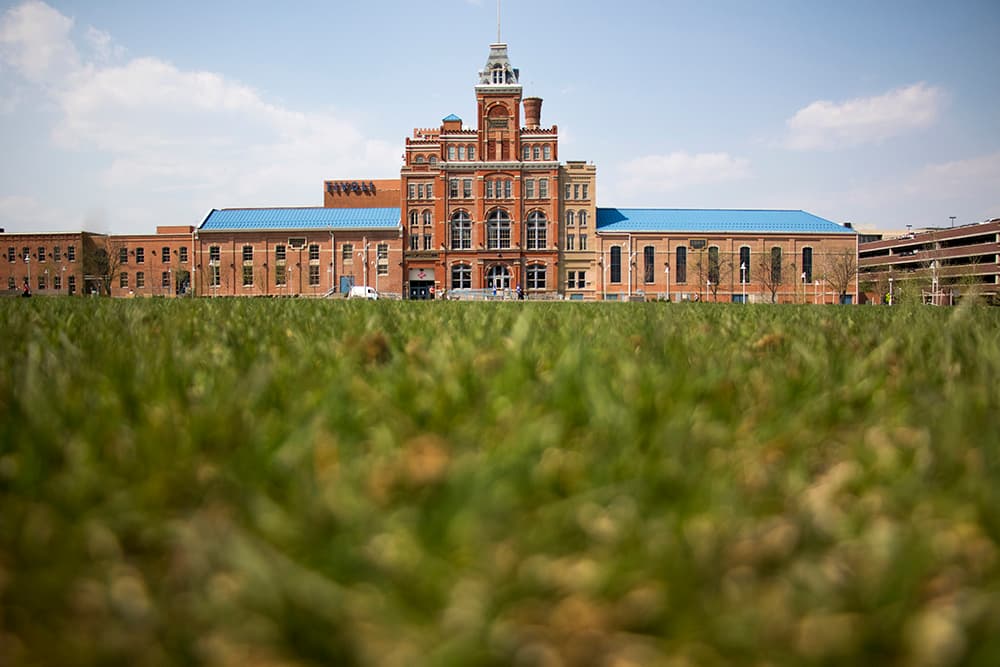
It'll take more than meticulous city planning. As Councilwoman At-large Robin Kniech pointed out, it'll take a lot of community input.
"I think you have to think about including diverse voices in the visioning and design," Kniech said. "To the extent that downtown may not have all those diverse places right now — do you bother to include surrounding neighborhoods? ... If you want to be really inclusive, you may want think about people who don’t live in the impacted area right now and who you want to be included."
Growth is making Denver rethink an area previously seen more as a destination than an neighborhood.
It's been more than a decade since the city created the 2007 Downtown Area Plan, and back then, the Central Platte Valley and Auraria didn't demand quite as much attention, Nalley said. But as Denver struggles with a housing crisis and people continue to move to the city, it became apparent that something could and should be done in the area.
"Our plans are generally vision documents and they’re really driven by what we hear from the community," said Alexandra Foster, communications program manager for Denver CPD. "This is an area that’s sort of odd. Because of players like Elitch’s and Pepsi Center there’s not a lot of residential. … We heard not just from people who are living in the area but people in the surrounding area as well saying this is an area that would be great to walk to but there are a lot of man-made and natural obstacles."
Those obstacles include Speer Boulevard, Auraria Parkway, Interstate 25 and the South Platte River, and the plan takes into account the difficulty of crossing those barriers. It recommends adding pedestrian and bicycle infrastructure to the 23rd Avenue pedestrian bridge over I-25 in order to give Jefferson Park residents safe access to the South Platte River trails, as well as a host of improvements that would make it easier to cross and walk along Speer and Auraria.
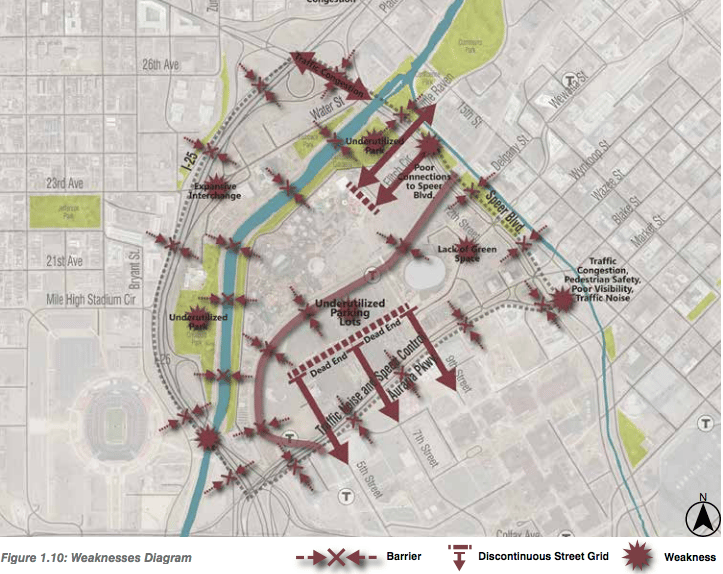
More important than physical accessibility, though, is economic accessibility.
Rebekah Henderson — a local librarian, mother, racial identity documentarian and Off Color podcast host who happens to be the daughter of a woman with an urban planning master's degree and the great niece of Jane Jacobs, author of "The Death and Life of Great American Cities" — said a wide variety of housing, services, businesses and amenities are necessities for inclusiveness.
"It has to have local businesses, it has to have not-chains and it has to be appealing to people, and in some ways it would have to be appealing to families that would want to be downtown. Then you have to think about schools."
Thinking about families is one focus of the amendment. Kniech said that in addition to building multi-bedroom units, developers should be thinking about details like courtyards, which act as places children can play without, say, going to the South Platte River. It's also important to consider the different ways in which immigrant families live and accounting for "the cultural preferences and trends that might involve different types of units," she said.
And there are still more considerations. As Nalley pointed out, people in affordable units need affordable services — a distinction he said is about "affordable living," not just affordable housing.
"There are a lot of the things that will make this community for everyone, like a substantial amount of open space, daycare, a school, affordable units that are not just studios but multiple bedrooms, trying to get more families in the downtown core," he said.
The flip side of that is also true. The people working at those businesses — providing childcare, cooking food, serving coffee and cleaning floors — should be living in the neighborhood, too.
Planners and developers also need ensure a diversity in the types of businesses and break out of the what Kniech called the usual "new urbanist look" of coffee shops, wine bars and yoga studios. That all starts with asking questions.
"What is the cultural diversity of the business? If this is mixed-use, how do you have hair dressers and food providers who don’t fit a certain mold?" Kniech said. "What can we do to make new-urbanist culturally inclusive? Does it include a panaderia? Does it include a minority-owned businesses?"
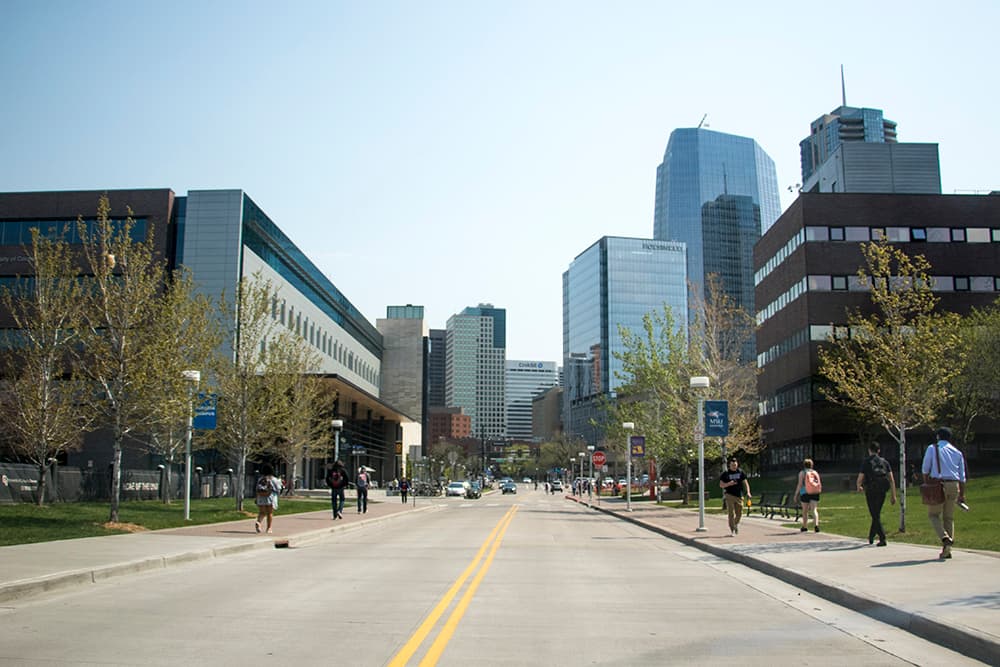
"A multicultural hair salon — that’s something that people don’t think about," Henderson said. "'Why do I have to drive out to X-Y-Z to get my hair done?'"
To attract that diversity, Nalley said, the neighborhood needs density. More commercial and residential units means more room for diverse options and mixed-use development makes for easy live-work access.
"That’s kind of the idea here," Nalley said.
The amendment recommends that the city:
- "leverage increased development potential to require additional affordable housing beyond what is required by the citywide linkage fee,"
- "develop regulatory tools to require affordable units to be built on-site rather than through payment of the citywide linkage fee,"
- "ensure that regulatory tools require housing that is affordable for low to moderate income households"
- and "explore opportunities to dedicate housing units as affordable for as long as possible."
Considerations have also been made for variety in age and living situations. The recommendations specifically call for family-oriented housing with safe access to schools and daycares, parks, transit and fresh food.
Do walkability, bikeability and transit access make a neighborhood inclusive?
In theory, yes. In practice, not necessarily.
Kniech said design is important, but not a fix: "I think bikeability and public transportation are key factors for quality of life, but I don’t think they bring inclusivity all by themselves. We could put in the best bike lanes and the best sidewalks and have the best public infrastructure possible and it wouldn’t guarantee that the community is representative of the city of Denver."
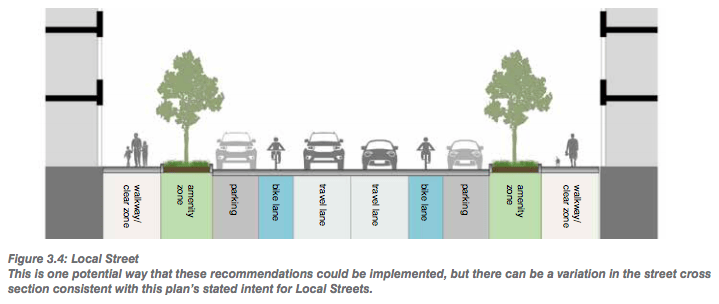
The Downtown Area Plan Amendment has a lot of guidelines on this (including more fun visual aides) that you can sift through yourself, but this takeaway is this:
"When a place is walkable, a lot of things are going right," Nalley said. "It’s not just the street network, the sidewalks. It’s land use. Something to walk to, walk from. Your walk is interesting. You feel comfortable walking."
In practice, that means low speed limits, protected bike lanes, safe crosswalks and wide sidewalks.
There's also a plan in place in case the Pepsi Center ever relocates. It accounts for the possibility of a rebuild right next door, as happened with the Broncos' home, and for the continuation of the street grid through the current site.
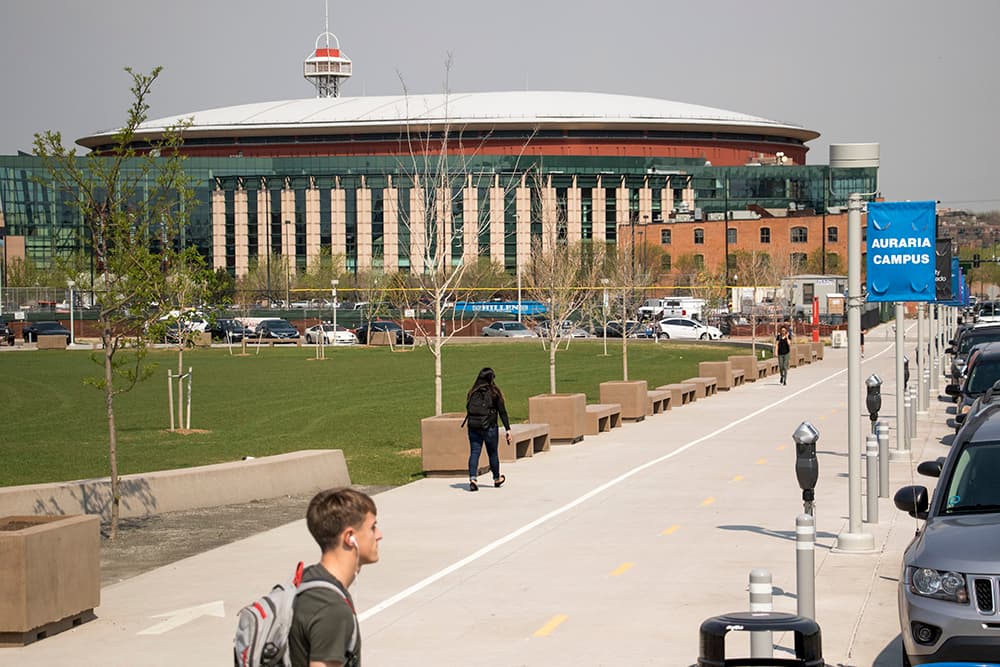
"The plan really talks about prioritizing multiple modes -- walking, biking and transit," Nalley said. "A lot of discussion during the planning process was: this should be a car-light area. ... The idea is that we’re anticipating a bunch of people."
Actually making an inclusive neighborhood happen will require more questions and community input going forward.
"The plan is not committing to these things, it’s saying we need these things and that we have to figure out a way to get these things," Nalley said.
The Downtown Area Plan Amendment was presented to and approved by the Denver Planning Board on Wednesday. Representatives from Jefferson Park, the Lower Downtown Neighborhood Association, the Downtown Denver Partnership, the Colorado Parks Foundation, and Revesco (which owns Elitch Gardens) testified glowingly in favor of the plan.
Most concerns from the planning board were about traffic and building heights, but board member Heidi Aggeler, who is managing director of BBC Research and Consulting, did raise the issue of actually ensuring inclusivity.
"The types of services and retail that are provided in a community are an indication of inclusivity. Something we can’t regulate is the types of businesses that occupy these spaces. Putting in a high-end bike shop is a very different signal to households," she said, suggesting something like a low-cost café should be the target.
Principal City Planner Abe Barge told Denverite after the meeting that getting a diverse group of businesses in the area will be something for the Office of Economic Development to jump in on as the plan moves forward. Part of the effort will include incentives similar to those in the area of 38th and Blake, which allow developers who provide community benefit to build tall.
Next steps:
The city has already been collecting input from residents in the Central Platte Valley and Auraria, as well as the surrounding neighborhoods, and said in Wednesdays meeting that continuing to do so will be crucial going forward.
"You would have to try to research the demographic and see what’s been successful in other areas," Henderson said. "What are people wanting? Do we have book stores, do we have community spaces, do we have theater spaces? Is there going to be library? ... What kind of jobs do people have? Is this affordable to black and brown people?"
The amendment will go before Denver City Council at its meeting June 11.
You can review the full amendment draft here and contact senior city planner Lilly Djaniants at [email protected] with questions. There are instructions on how to submit feedback here.
Correction: An incorrect reference to the Pepsi Center's age has been removed.
